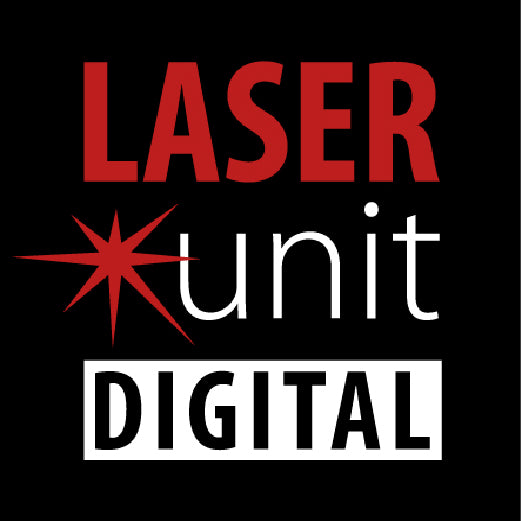Info Electronic Equipment Act
Information on the Electrical and Electronic Equipment Act (ElektroG)
The Electrical and Electronic Equipment Act (ElektroG) contains a large number of requirements for handling electrical and electronic equipment. The most important ones are compiled here.
1. Separate collection and disposal of old equipment
Electrical and electronic devices such as monitors, LED, clock, temperature and information displays, and communication technology for disposal are referred to as old devices. Owners of old devices must dispose of them separately from unsorted municipal waste. Old devices in particular do not belong in the household waste, but in special collection and return systems.
2. Batteries and rechargeable batteries
Owners of old devices must, as a rule, separate old batteries and accumulators that are not enclosed in the old device from it before handing them in at a collection point. This does not apply if the old devices are handed in to public waste disposal authorities and are separated there from other old devices in preparation for reuse.
3. Technical lighting devices of all kinds
According to the ElektroG, the recycling of technical lights (e.g. from advertising installations, offices, street lighting, etc.) is mandatory.
fluorescent lamps, compact fluorescent lamps and discharge lamps
(including high-pressure sodium lamps and low-pressure sodium lamps as well as metal halide lamps and LED lamps.
4. Free return options
The above 1-3 electrical and electronic devices are taken back free of charge and handed over to recognized public waste disposal companies for recycling. Such as the legally recognized return system https://www.grs-batterien.de : Stiftung Gemeinsames Rücknahmesystem Batterien (GRS). You can find further collection points here: https://www.ear-system.de/ear-verzeichnis/battgruecknahmesysteme#no-back .
You can send the old devices you have purchased from us back to us, postage paid. We will then take care of their correct disposal.
4. Data protection notice
Old devices often contain sensitive personal data. This is especially true for information and telecommunications technology devices such as computers and smartphones. In your own interest, please note that each end user is responsible for deleting the data on the old devices to be disposed of.
5. Meaning of the symbol “crossed-out garbage can”
The symbol of a crossed-out garbage bin regularly shown on electrical and electronic equipment
indicates that the device in question must be collected separately from unsorted municipal waste at the end of its service life.
The symbol of the crossed-out garbage can means that the battery must not be disposed of in household waste.
Pb = Battery contains more than 0.004 percent lead by weight
Cd = Battery contains more than 0.002 percent cadmium by weight
Hg = Battery contains more than 0.0005 percent mercury by mass
Used batteries may contain pollutants or heavy metals that can harm the environment and health. Batteries are recycled; they contain important raw materials such as iron, zinc, manganese or nickel. Vehicle and device batteries must be marked with a visible, legible and indelible capacity indication.
6. Manufacturer/Distributor registration number
As a distributor within the meaning of the ElektroG, WP highlights GmBH & Co.KG is registered with the responsible Stiftung Elektro-Altgeräte Register (Nordostpark 72, 90411 Nuremberg) under the following registration number: ID18134524
7. Information obligations pursuant to Section 18 Paragraph 2 Sentence 3 of the Electrical and Electronic Equipment Act (annual status of the nationwide fulfilment of the quantitative targets pursuant to Section 10 (3) and Section 22 (1) of the Electrical and Electronic Equipment Act):
https://www.take-e-way.de/leistungen/elektrogesetz-weee-elek trog/berichts-informationspflichten/

